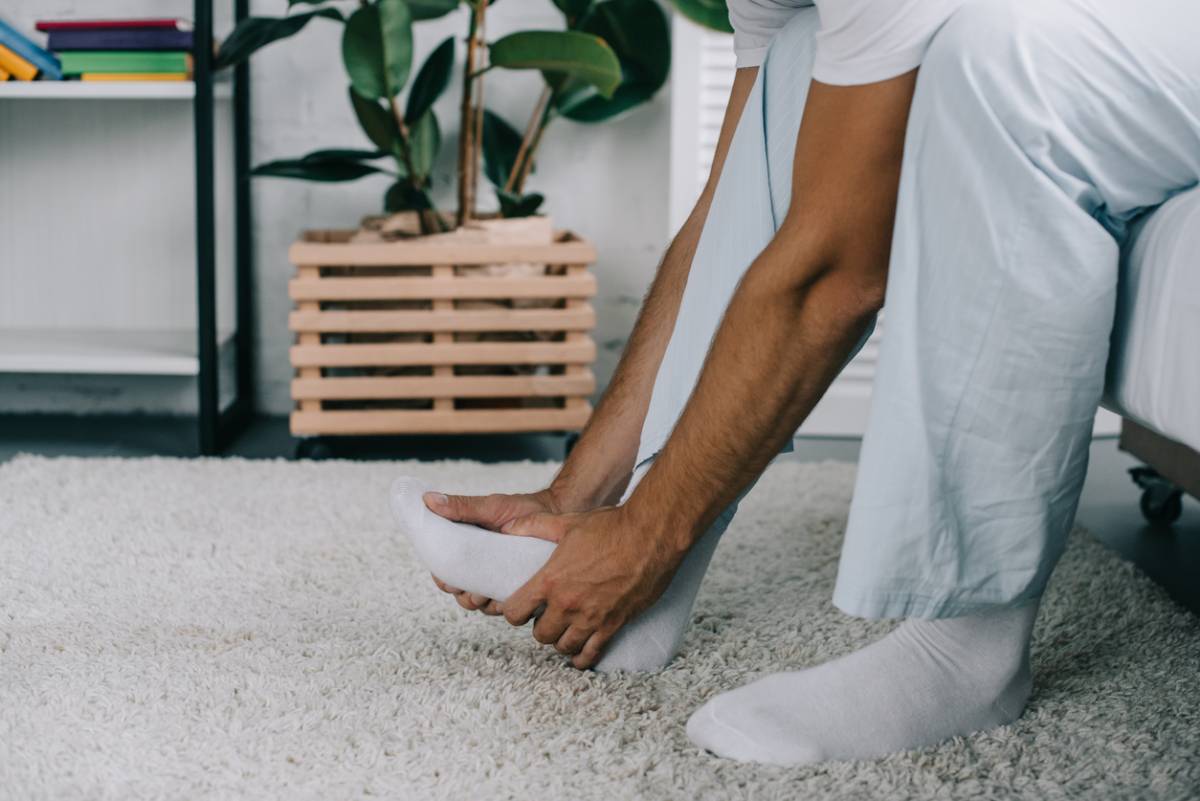Diabetic foot ulcers are a serious health concern for those who have diabetes. If left untreated, they pose serious health risks to one’s health. This includes infection, tissue necrosis, and even lower limb amputation in severe cases. Diabetic foot ulcers are often caused by several factors, including both physiological and environmental factors. Early detection is key as it can prevent further health issues. Below, you will find the key symptoms of diabetic foot ulcers and when you should seek treatment.
Key Symptoms of Diabetic Foot Ulcers
Ulcers are wounds that become chronic if left untreated. Unhealed diabetic foot ulcers can become infected and lead to serious health issues. For those with diabetes, roughly 25% of patients experience diabetic foot ulcers in the feet and lower leg area. The issue comes with several different types of symptoms. You may experience one or all of them. If you experience any of the following symptoms, contact a podiatrist right away for medical help.
- Blistering, peeling, or cracking skin
- Redness, burning, itching, and overall irritation
- Pain or discomfort (if you do not have peripheral diabetic neuropathy)
- Tenderness as the ulcer progresses
- Broken skin, tissue damage, and bleeding if the ulcer penetrates deeper into your foot
- Signs of an infection, including fever, chills, swelling, foul odor, difficulty walking, or feeling sick in general
Causes of Diabetic Foot Ulcersts
Diabetic foot ulcers occur when a small sore or wound does not heal properly. Improper healing can result in the progression of the ulcer festering. It can start as something very small. Common causes include a blister, small cut, or even dry or cracked skin. Because of certain characteristics associated with diabetes, those with the condition are at a higher risk for foot ulcers. In fact, diabetic foot ulcers are one of the leading causes of amputation.
There are two reasons that those with diabetes get diabetic foot ulcers at higher rates. First, diabetes impacts circulation. Poor circulation can make it difficult for blood to flow to the wound site. This can slow down healing and increase the risk of infection. Second, numbness caused by peripheral neuropathy can prevent the patients from feeling the wound in the first place. This is why it is critical for those living with diabetes to regularly check their lower limbs for cuts or wounds.
Treatment for Diabetic Foot Ulcers
Early intervention is key when it comes to diabetic foot ulcers. If left untreated, the issue can cause serious health issues and impact your overall health. If you notice any of the symptoms of diabetic foot ulcers, contact your local podiatrist right away. Podiatrists are medical professionals who are skilled in treating foot-related health issues, such as diabetic foot ulcers. They may work with a team of professionals to help comprehensively address the issue. This may include your primary care provider, a diabetes specialist, a wound care specialist, an infection specialist, and a vascular specialist. Diabetic wound care often depends on the severity of your symptoms and the condition.
Minimally invasive and conservative treatments are often used in the early stages. However, advanced foot ulcers may require more intense treatment. Common treatment methods include wound care, managing any infection, glycemic control, vascular interventions, changes in footwear, and surgery in severe cases. Patient education is critical as it can help promote healing with the current ulcer and prevent it from occurring in the future. The team at Foot & Ankle Concepts is skilled in diabetic wound care. They have helped countless patients improve their foot and overall health with effective treatment plans. They are focused on treating your unique symptoms so you can effectively manage your health. Contact their office today to schedule an appointment!


